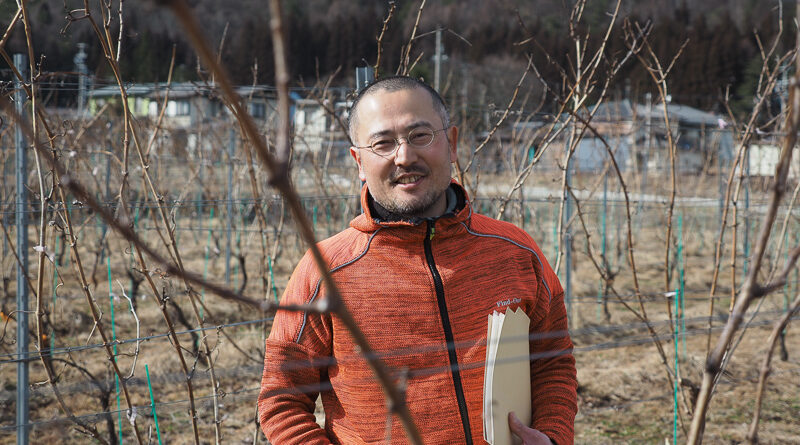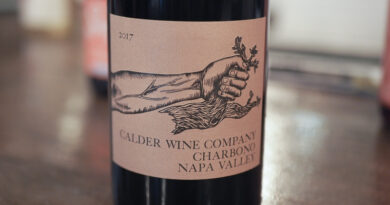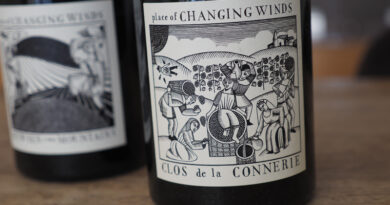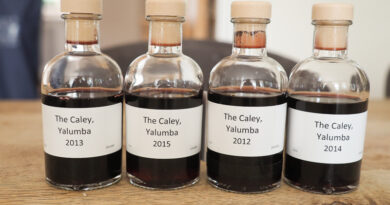Visiting Vin d’Omachi Ferme 36, a naturally inclined producer in Nagano, Japan
Yoshio Yano and his family run Vin d’Omachi Ferme 36 which is based in Omachi town. It’s a really dramatic setting, with mountains in the background. A geological fault runs through here and granite is the base rock.
Yoshio became interested in wine around 20 years ago. There was an event held at Coco Farm – a planting ceremony in March. One of his friends took him along, and she was into wine because she went to the same school as well known vigneron Takahiko Soga. So Yoshio became interested in viticulture and approached one of the Coco Farm directors with a view to doing an internship. In the end, he worked there from 2001-2003 at the weekends, before quitting the day job and beginning full time in 2003, as an assistant winemaker.
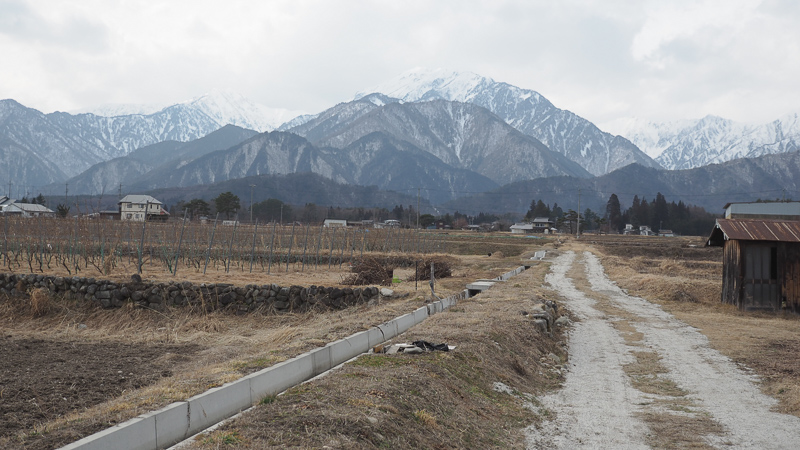
At the time Bruce Gutlove was working there. Yoshio became convinced that the quality of grapes is instrumental for wine quality, so he looked to find a great place to plant and vineyard and bring up his young family. He says that he’s quite shy, so he also wanted to find a place where there weren’t lots of other people working. Another consideration is that he wanted to find a site with great mother rock, and he found out that the northern Alps are made of granite.
According to researchers the type of granite found in Japan is younger than the type found in Europe. Here, it’s 30% granite and the rest is andesite. There are seams of clay here, too, and overall drainage is good. Without the regular rainfall they have here it would be hard to grow vines.
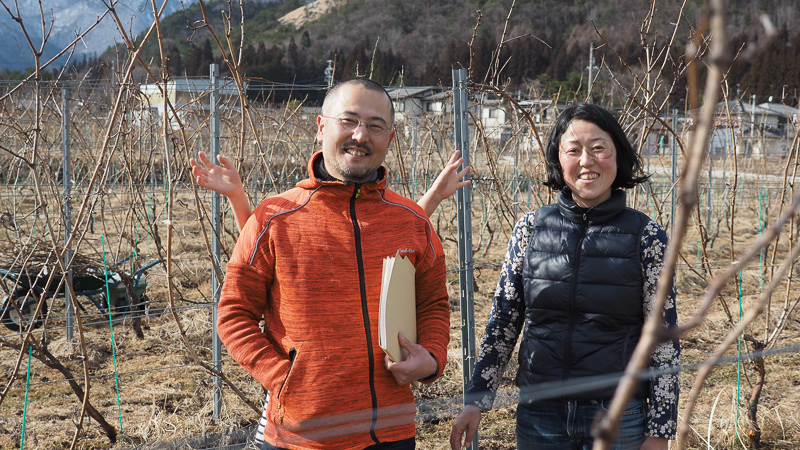
Omachi was developed in the 1950s for growing rice, but as the price of rice decreased, farmers gave up and land became pasture. He has planted 1.6 hectares at a spacing of 2.2 x 1.1 m. The young vines are protected by straw round their trunks for the first four years. Varieties planted are Chardonnay, Merlot, Gamay, Cabernet Franc, Kerner, Gewurztraminer, Zweigelt and Chenin Blanc. The GDDs are 1300-1350, and it’s his opinion that the climate is somewhere between Hokkaido and other regions in Nagano. Elevation is 800 m.
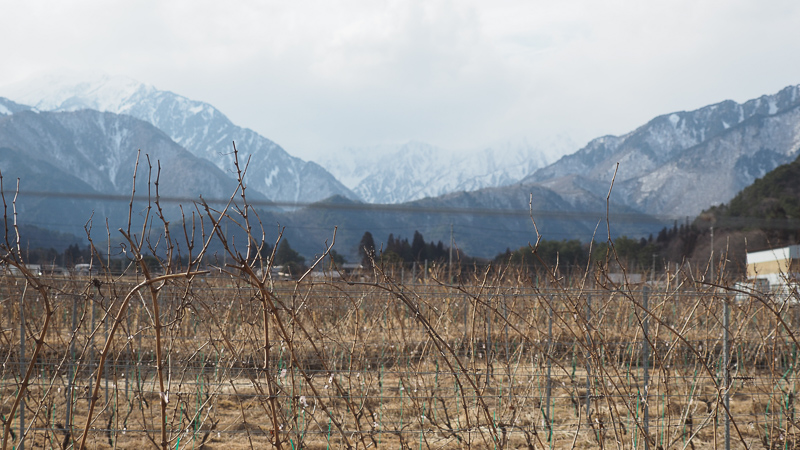
There is a big diurnal variation in temperatures here in early autumn, so the grapes keep their acidity for a long time.
In the winery all the wines have been wild ferment since 2019, and there is low sulfur dioxide use (some wines have none).
THE WINES
Ferme 36 Yamano-Vin-Se 2019 Nagano, Japan
Methode ancestrale – Chardonnay from two parcels, 12 year old vines. Very fresh and tangy with some nice pear and apple depth to the fruit, and a quite saline character. Modest bubbles add some brightness and there’s a nice tangy finish. Distinctive and delicious. 90/100
Ferme 36 Remerciements Blanc 2018 Nagano, Japan
12% alcohol. This is a field blend and it was custom crushed at Villa d’Est. This is a co-ferment of several varieties, whole bunch pressed and then fermented with cultured yeasts in stainless steel. Aged on lees. Lovely fruit here: fresh and brisk with nice acidity under the pear, table grape and tangerine. Nice acidity with a touch of apple too. Has a brightness to the fruit. 90/100
Ferme 36 Remerciements Blanc 2017 Nagano, Japan
This is the first release. Very lively and bright with keen acidity. Lemons, tangerines and some table grape notes. Has a brightness to the fruit with a long, linear finish. Very stylish. This is mineral and quite long, and really bracing at the moment. Such purity. 90/100
He thinks this site expresses a kind of bitterness that isn’t chemical, but reminds him of stones or rocks.
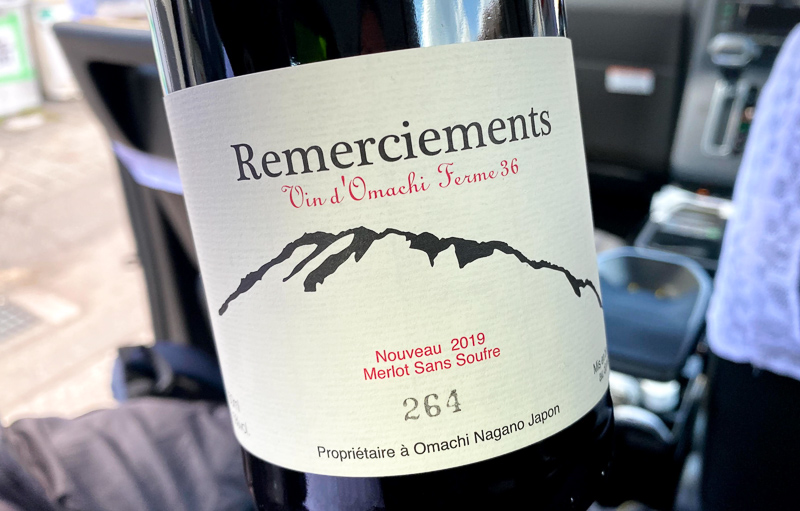
Ferme 36 Remerciements Nouveau 2019 Nagano, Japan
11.5% alcohol. This is Merlot, no added sulfites. The parcel is five minutes away, 12 year old vines. Hand destemmed, wild yeasts, whole berry fermentation (semi-carbonic). Crown capped. Concentrated and fresh with lovely structure. Shows good tannins and acidity under lovely vivid fruit, with a chalky edge. So vibrant and delicious with a slight hint of green adding freshness. So direct and immediate with lots of personality. 92/100 (Y2400, just 337 bottles made)
Last, we tried a non-commercial wine made from grapes that had no home, a mix of red and white. It’s a pale red colour, and shows lovely textured cherry and plum fruit with some peppery detail and some strawberry and pear. So compelling, with massive drinkability and also some complexity. Just eight litres made: the ultimate unicorn wine. 93/100
Wines tasted February 2020

